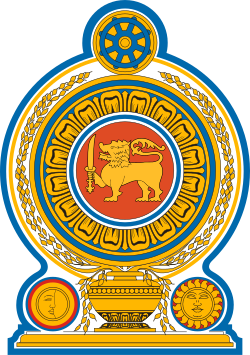| National Hero of Sri Lanka | |
|---|---|
 | |
| Type | Title |
| Awarded for | "An especially meritorious contribution to the historical struggle or national interests of the Democratic Socialist Republic of Sri Lanka" |
| Presented by | the President of Sri Lanka |
| Total recipients | Unknown; approximately 135 in the Island's history. |
| Precedence | |
| Next (higher) | None |
| Next (lower) | Parama Weera Vibhushanaya, Sri Lankabhimanya |
National Hero is a status an individual can receive in Sri Lanka for those who are considered to have played a major role in fighting for the freedom of the country. [1] The status is conferred by the President of Sri Lanka. The recipients of the award are celebrated on a Sri Lankan national holiday, National Heroes’ Day, held annually on 22 May. Every year, the President and general public pay tribute by observing a two minutes silence in their memory. [2] The individuals are also celebrated on Sri Lanka Independence Day, held on 4 February. In this, the President or Prime Minister will typically address the nation with a speech honouring the National Heroes. The award has only been awarded to Sri Lankan citizens, but is not limited to this group.






